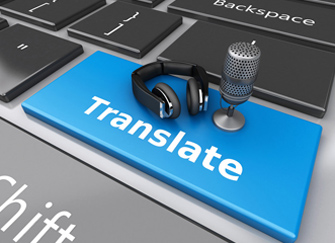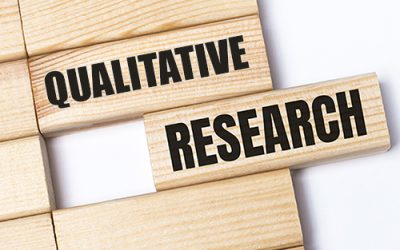
In some cases, only a comprehensive summary of the audio would be required, but there are situations where the transcript would have to be a verbatim one and require the capture of each and every word and sound. The verbatim style is useful for legal transcription, including court hearings, police transcription, medical transcription, insurance claims, and employee disciplinary meetings.
Researchers also use the verbatim technique in qualitative studies. For example, it was used by an interview study on perceived stress at transition to workplace related to final-year medical students’ needs which was published by Dove Medical Press in January 2016. Final-year students’ statements regarding burdens and dealing with stress were recorded and classified as:
- Perceived stressors and provoking factors
- Stress-induced consequences
- Personal and external resources for preventing and dealing with stress
- Students’ suggestions for workplace improvement.
After verbatim transcription, the researchers performed a qualitative content analysis of students’ impressions of stress provoking and easing factors during final-year education.
A verbatim transcript serves as proof of what took place. This is because it captures every word, sound, pause, repetition of words, stammering, etc. It helps in understanding the emotional state and thought process behind the spoken words. The objective is to give the reader an experience of the event as it actually occurred – without being there.
Key Features of Verbatim Transcription
- Captures every word: A clear non-verbatim transcript captures only the fundamental meaning behind the spoken words, but in case of verbatim transcription, everything a person says faithfully reported.
- Does not omit non-verbal communication: Non-verbal communication such as laughter, hand gestures, etc, in the recording are captured. This will give a clearer picture of what the respondent was thinking. For instance, transcribing every um, uh, hmm, stutter, false start, noise and sound in your recording could provide better meaning to what the person said.
- Mentions all false starts and fillers: False stars and filler word break the flow of conversation. These false starts and filler words explain the thought process behind the spoken words.
- Captures external sounds: Transcribing even external sounds would provide information about the surroundings and atmosphere while the subject is speaking. The external sounds can be mentioned with time stamps.
Affordable general transcription services are available. With a reliable service provider, you are assured of accurate transcription in quick turnaround time. Choosing an experienced transcription company with professionals who is familiar with industry specific terminology is essential for error-free transcripts. Expert transcriptionists can recognize human utterances and ambient noises and transcribe them correctly.



